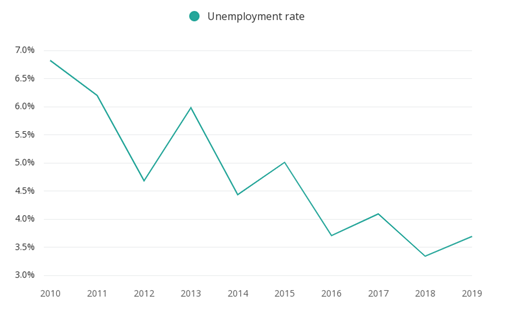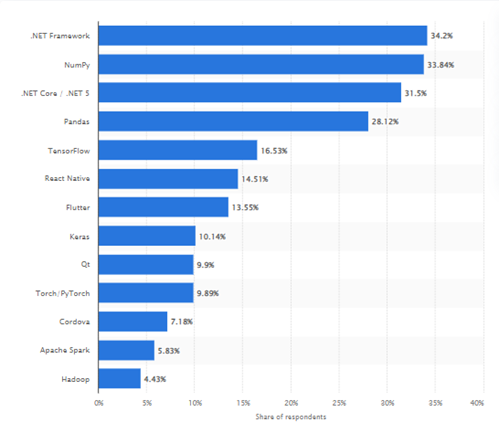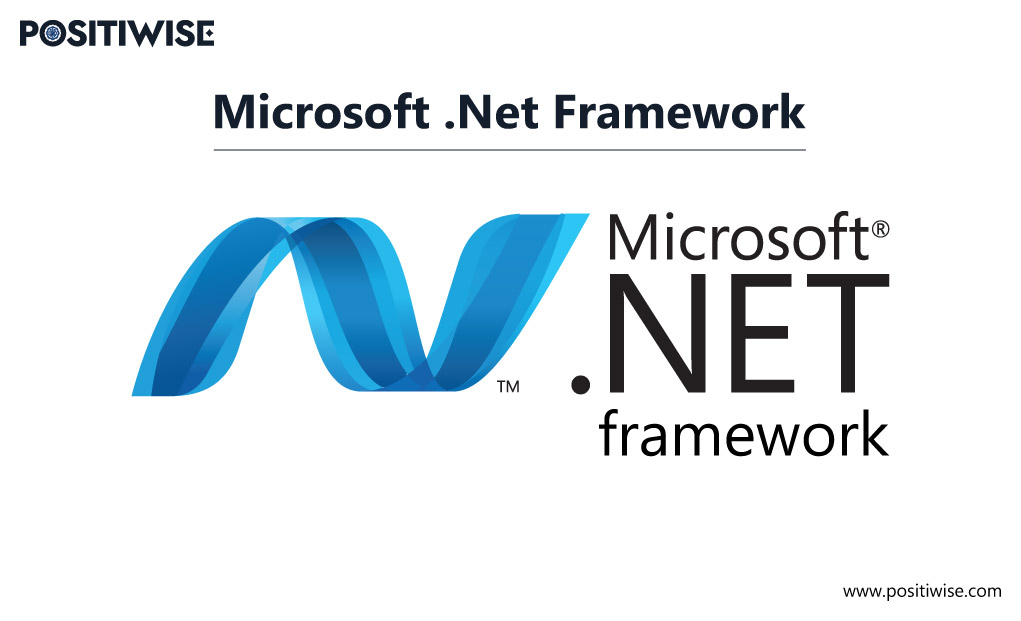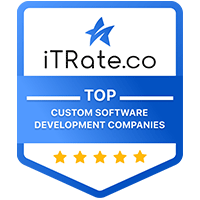Quick Overview:
Currently, there are extensive small to large-scale companies which use the .NET framework as their primary technology.
And whenever Microsoft announced to stop of support services for a specific .NET version, people misunderstood it as the end of dot net development services.
Although, Microsoft has never announced a complete dead-end to .NET and assures to provide more authentic releases in the future.
So, let’s read further to know if .NET is really ending and, if not, what it holds for the future.
Why Currently People are considering .NET Framework Dead?
Recently Microsoft has released an update about discontinuing the support for the 5.0 .NET version(Core).
From the date of this press release, many people are considering .NET as an irrelevant development technology that has no future.
However, this is not true at all. .NET framework is not dead.
Also, the end of the .NET framework doesn’t refer to the end of the .NET Core, as both these technologies have their own features and development mechanisms.
Let’s find out the reason why some people started considering .NET dead.
.NET 5 was a Current version release. And according to Microsoft .NET policies, current versions are only getting maximum support for 18 months. Once the time period is over, Microsoft stops the dedicated support services for that particular version.
That’s why most people think the end of the .NET 5.0 was a full stop to the overall .NET ecosystem.
However, developers still use the previous .NET framework versions as listed below, as they are compatible with devices and allow the craft of feature-rich business applications.
- .NET Framework 4.5 and its point releases (4.5.1 and 4.5.2).
- .NET Framework 4.6 and its point releases (4.6.1 and 4.6.2).
- .NET Framework 4.7 and its point releases (4.7.1 and 4.7.2).
- .NET Framework 4.8 (Recommended)
Furthermore, in the future, you can see the .NET 6.0 LTS release, which will only get support for three years. Although, Microsoft doesn’t let its users suffer, as its new 7.0 version is going to release in November 2022, and .NET 8.0 is also in the queue for 2023.
Therefore, if you ever go through an article about the ending of the .NET framework, you will know that it’s about the end of dedicated Microsoft support, not the complete .NET environment.
An Overview of .NET Framework Statistics
Let’s look at some top .NET statistics to understand its popularity and utilization precisely.
Statistics #1
Most of the people working in the .NET development domain are between 30-40 years of age group, which makes up 42% of the total population in the .NET domain.

Statistics #2
A diploma and appropriate skills are the fundamental requirements to work as a .NET developer, architect, or consultant.
Of the total engineers in the .NET sector, 77% are graduates, 19% are post-graduates, and others have a high-school diploma or associate degree.

Statistics #3
Learning .NET development is a top aspect of reducing the unemployment rate.
Due to the high demand for NET-based solutions, companies hire freshers to experienced individuals, which directly reduces unemployment and contributes to the country’s total GDP.

Statistics #4
34.2% of the total websites and web apps are running on the .NET framework, leading the charts of most preferred and utilized development frameworks by Fortune 500 companies.

After analyzing all these statistics, you can understand that .NET is a leading technology that offers cutting-edge solutions and helps reduce the unemployment rate and provides career opportunities to lower to highest educational qualifications.
What is the .NET Framework’s Future?
To maintain the stability of .NET applications in 2022, you can update them to .NET 6.0, which is currently its latest version.
You can effortlessly embed its components and modules into your applications running on .NET 5.0 and continue using them with dedicated support from Microsoft.
The .NET 6 was made available in November 2021, and Microsoft will be discontinuing after three years.
Further, Microsoft will release .NET 7.0, which will be a successor for running the .NET applications.
You can leverage the following .NET development services, promising stable, robust, and sleek apps.
- AOT Compilation and Profile-Guide enhancement, leading to better performance.
- FileStream up-gradation, assuring seamless input and output operations.
- Provides Crossgen2 to reduce the app loading time.
- Hot Reload for updating source code and application simultaneously. S
- The new features of .NET MAUI allow running applications across different platforms without degrading speed and quality of service.
- It offers C# 10 templates, available in the .NET SDK.
Let’s Design the Perfect ASP.NET Application for Your Enterprise Business
Bring your unique software & web application vision to a team of ASP.NET experts for Enterprise business. Our dedicated .NET developers design and build custom .NET app solutions for your needs.

Concluding Up
.NET is a top web development framework offering avant-garde features to perform full-stack operations.
There are various versions of the .NET framework currently available, and each one comes under a different support policy.
After a specific time, Microsoft eliminates its support services for a particular version and focuses on optimizing the latest one. Ending support doesn’t mean that the .NET framework trends are dead.
The company focuses on the latest release to make it more efficient, stable, and secure. Leverage the benefits of the .Net framework for your business and grow with the Dedicated .Net developers.
Expert in Marketing Strategy and Brand Recognition
Jemin Desai is Chief Marketing Officer at Positiwise Software Pvt Ltd, he is responsible for creating and accelerating the company’s marketing strategy and brand recognition across the globe. He has more than 20 years of experience in senior marketing roles at the Inc. 5000 Fastest-Growing Private Companies.






